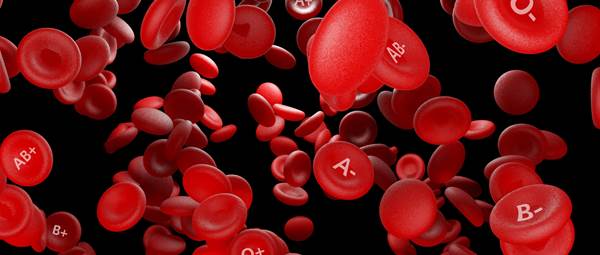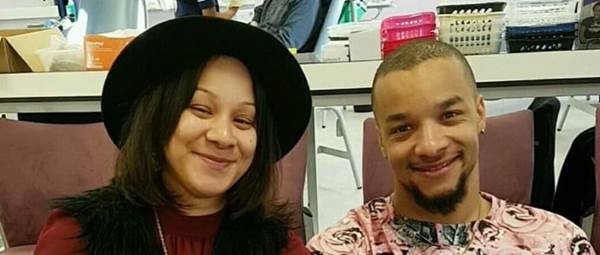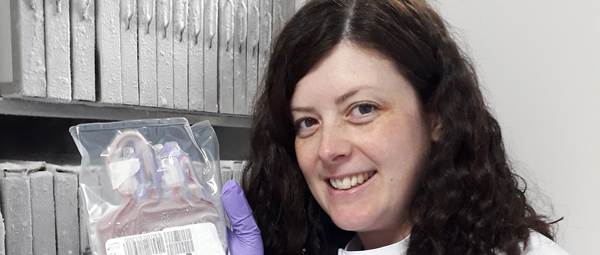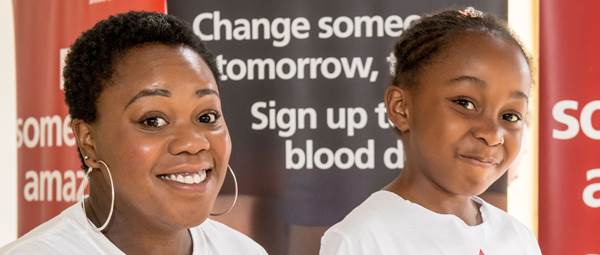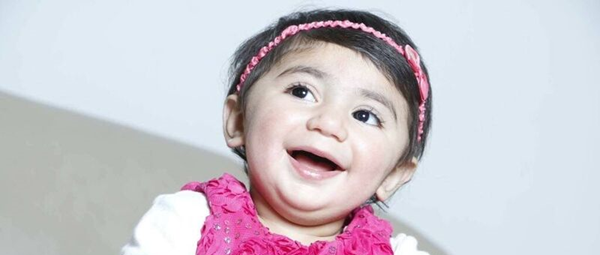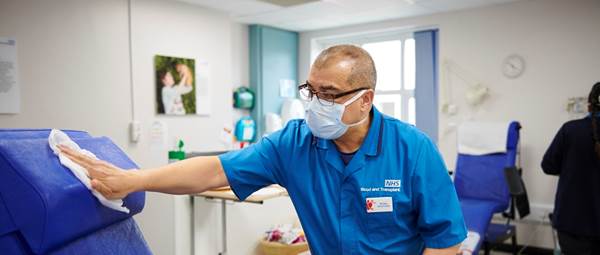Rare blood types
Donors with rare blood types
Some people rely on donations of rare blood. Please keep donating if you have a rare blood type, such as the Ro subtype.
Coronavirus has resulted in some changes and extra safety measures when you donate.
Find out more about donating blood during coronavirus
What’s the rarest blood type?
AB negative is the rarest of the eight main blood types - just 1% of our donors have it.
Despite being rare, demand for AB negative blood is low and we don’t struggle to find donors with AB negative blood.
However, some blood types are both rare and in demand.
This includes the Ro subtype, which is often used to treat people with sickle cell.
Only 2% of donors have it but demand for it is increasing by 10-15% each year.
The combination of being rare and sought after makes people with these blood types very important donors.
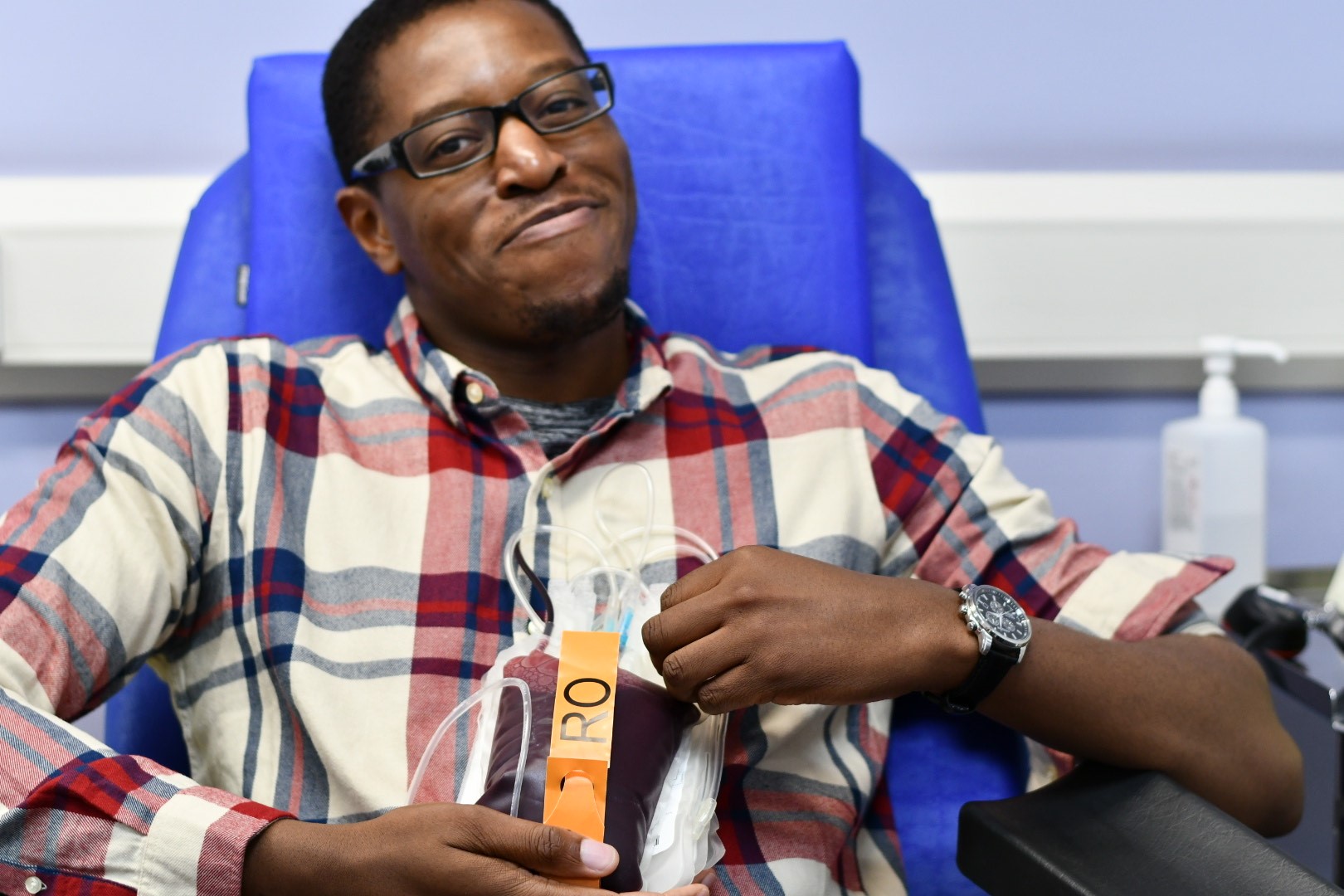
What makes blood rare?
Although the ABO and Rh groups are the most important for blood transfusions, there are 36 other known blood groups.
Each blood group has a combination of sugars and proteins called antigens that are found on the outside of red blood cells.
There are more than 600 antigens so there’s potential for a lot of variation between different people.
If your blood has rare antigens or lacks common antigens you could have a rare subtype.
Why are rare blood subtypes important?
Most blood transfusions are based on the ABO and Rh groups.
But if someone needs ongoing transfusions, blood works best when it closely matches their own.
If you have a rare subtype, your blood could be vital for a patient who also shares that subtype.
If you give blood, you'll find out if you have a rare subtype after your first donation.
Ethnicity and rare blood types
Your blood type is inherited from your parents in the same way as eye or hair colour.
This means you are more likely to share the same blood type or subtype as someone from the same ethnic background.
For example, Ro is a rare subtype but it’s ten times more common in Black people than White people.
Growing demand for the Ro subtype is one of the reasons why we need more Black donors.
Where do donations of rare blood come from?
There are three ways we provide rare blood:
- Fresh blood cells from routine donations – this is our preferred option
- Contacting donors with the rare blood types and asking them to donate
- Using frozen rare blood – this is used as a last resort for the rarest blood types. Rare blood can be frozen for up to 30 years and thawed for transfusion when it's needed
Supplying rare blood across the world
As well as supplying rare blood to people in England, we can also help find rare blood for people in other countries.
We manage a list of rare blood donors from 27 countries and store frozen rare blood. When a request for rare blood comes in we search these databases for a match.

